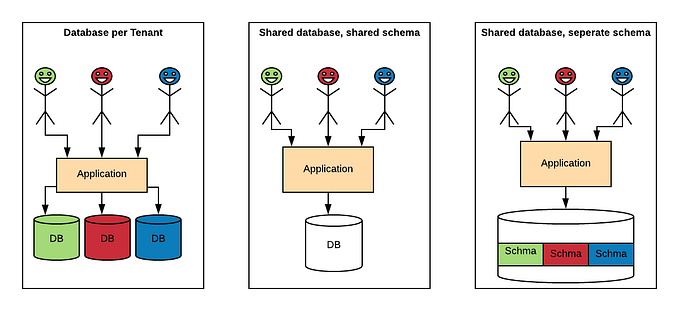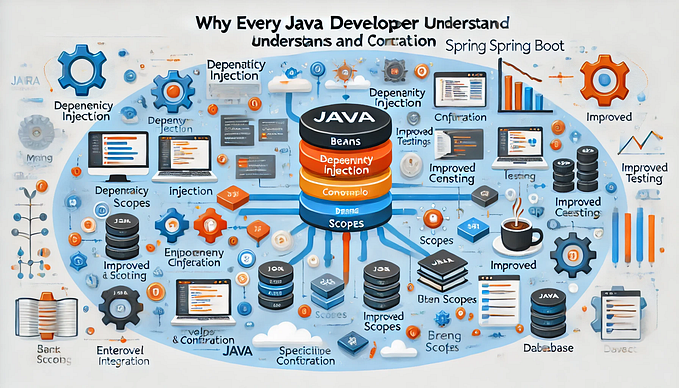Member-only story
10 Java internals Every Developer Should Know to Avoid Costly Mistakes
10 Common Challenges That Confuse New Developers (And How to Overcome Them)
Dear non-member readers, read this article through this link.
Java is renowned for its robustness, cross-platform capabilities, and versatility, making it a favourite among developers globally.
However, beneath its simplicity, Java harbours a range of subtle behaviours, or “quirks,” that can perplex both novice and experienced developers.
As programming mistakes can lead to costly errors and debugging headaches, it’s crucial to understand these nuances for writing cleaner, more efficient code.
Before diving into this, make sure to read Java Coding Practices: Common Mistakes and Best Practices for essential insights on writing better Java code.
In this article, we’ll explore ten specific challenges and behaviours in Java that often trip up developers.

1. Integer Caching and the == Operator in Java
Java employs an integer caching mechanism for small integers, typically ranging from -128 to 127.
This means that when you create an
Integerwithin this range(-128to127), Java reuses the same instance instead of creating a new one each time.
Consider the following example:
Integer a = 1;
Integer b = 1;
System.out.println(a == b); // trueHere, a == b returns true because both reference the same cached object. However, for integers outside this range, Java creates new objects
Integer x = 128;
Integer y = 128;
System.out.println(x…







